Huawei MediaPad 10 FHD
In fact, the readers of Habré correctly misused my previous post about the very good zte v970 smartphone, and not because I wrote something incorrectly, but because I wanted to write something completely different: in general about the phenomenon of Chinese manufacturers, not those that are accepted blame the common name brand “no-name”, and those that are more or less recognizable to Russian consumers. In fact, there are two such manufacturers: ZTE and Huawei. Excuse me, but Lenovo I don’t think is a Chinese company, it’s as Chinese as Nokia - Finnish, or Microsoft - American.

A week ago, Huawei held a press breakfast in a cafe in Pushkin, where it introduced two new tablets for sale. These are 7 and 10 inch models, each of which is interesting in its own way. MediaPad 7 Lite is a budget modification that has become popular due to its very good features and affordable price of MediaPad. Lite - because the core of the new model is not a dual-core, but a single-core Cortex A8 processor with a frequency of 1.2Ghz.

But I was more interested in another model: MediaPad 10 FHD. From the name it’s clear that this is a 10-inch tablet with a Full HD resolution display. However, not all so simple. Firstly, even in terms of display resolution, it is not standard Full HD, but 1920x1200. At the same time, it is an IPS-matrix with excellent viewing angles tending to 180 degrees. Secondly, the tablet runs on its own “huaveevskogo” 4-core processor, combined with a 16-core GPU. This platform was presented earlier this year at the World Mobile Congress in Barcelona and made a lot of noise, as it turned out to be more powerful than NVIDIA Tegra 3 in tests. Well, in the third, this is one of the few tablets equipped with 2 GB RAM, although in the sample, Caught on my test, benchmarks showed only 1 GB of RAM.
I used the tablet for several days and despite the fact that I liked it from the very beginning, I couldn’t get a personal love for it, such as, for example, for Nexus 7. It would seem that what else might be needed: a magnificent display, a powerful hardware, although by benchmarks and inferior in performance to both Tegra 3 and Samsung's Exynos 4412, is enough to ensure that the device works without brakes. Three-dimensional games with detailed graphics work on the Cortex-A9 Quad 1.4GHz no slower than on Tegra 3, for example. 8 megapixels main camera acceptable photographs and shoots video in Full HD resolution, and 1.3 megapixels, front - in 720p. A slot for a full-sized SIM card and for micro-SD is available. The battery capacity of 6600 mAh without problems is enough for a long working day, smoothly flowing into the night. And with all this, the tablet weighs only 580 grams. Yes, Apple didn’t take such a piece of iron, the new iPad is smaller, and it weighs almost 100 grams. more!
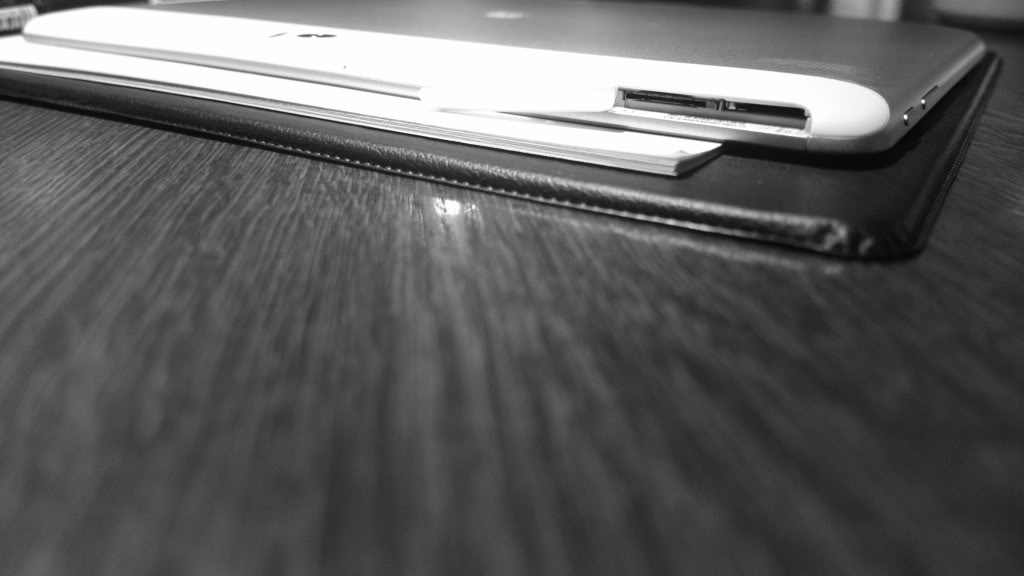



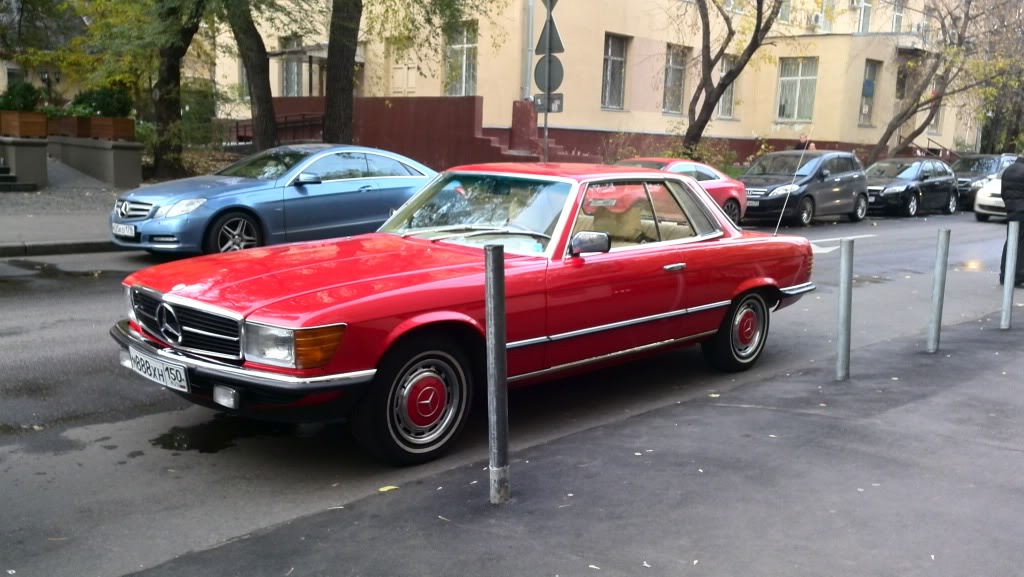

From the point of view of ergonomics, one can only find fault with the protrusion of the eye of the main camera - I think that over time, because of this protrusion, the lens glass will be scratched, which, of course, is not good. Otherwise, everything is fine: the aluminum case, the thickness is only 8.8 mm, even the longitudinal white plastic overlay on the back cover in the area of the camera does not spoil the overall look. And yet, something is not right, something is not that not enough, everything seems to be cool, but the wow effect does not work, although the technical specifications are frankly top-end.
It would seem that everything can be blamed on Android ICS (an upgrade to Jelly Bean is promised only in the first quarter of next year), the customization of which is something between TouchWiz Samsung and Flyiz OS from Meizu, in which there is no panel of installed applications and shortcuts are placed directly to desktops like in iOS. But on the other hand, ICS is, as they say, in Africa, ICS, and therefore, what to complain about him?
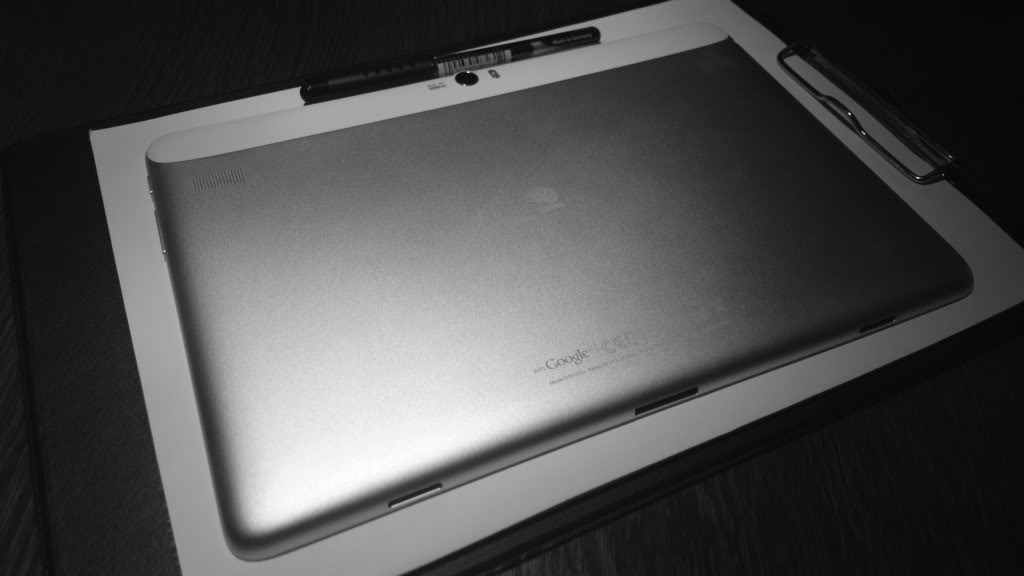

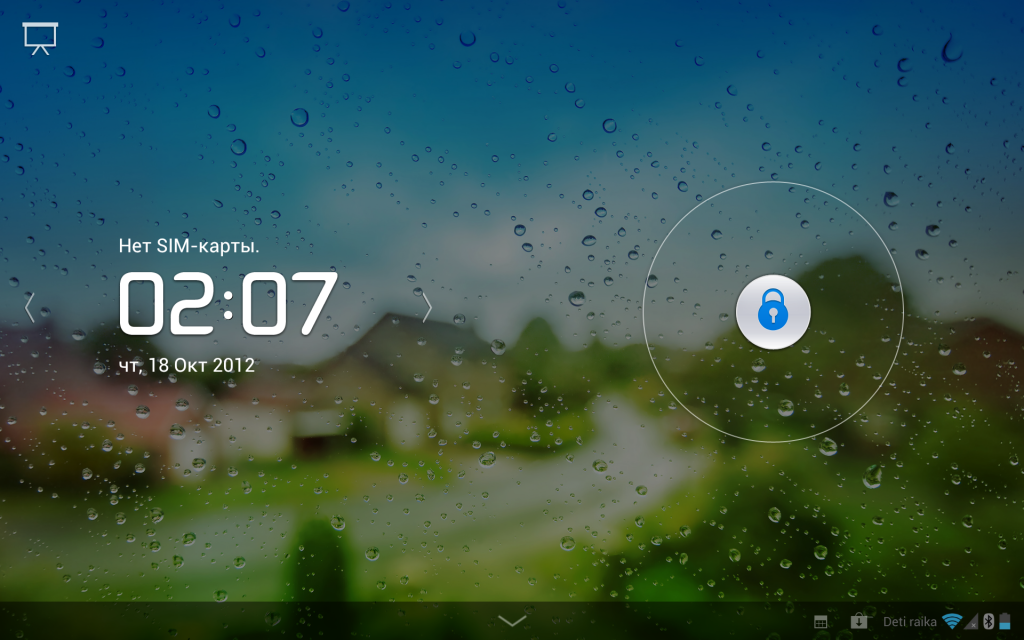
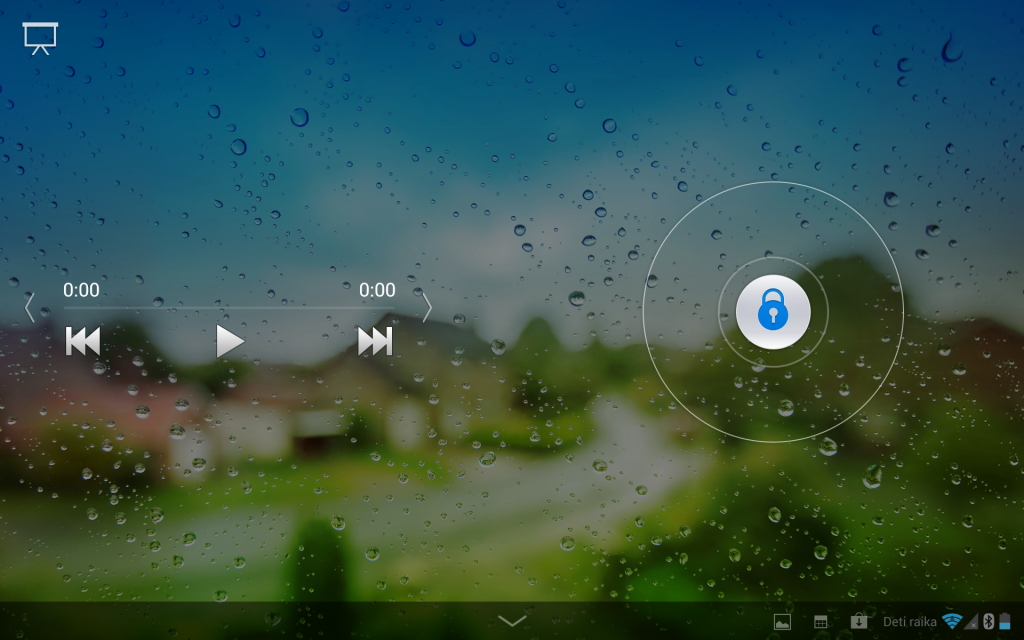

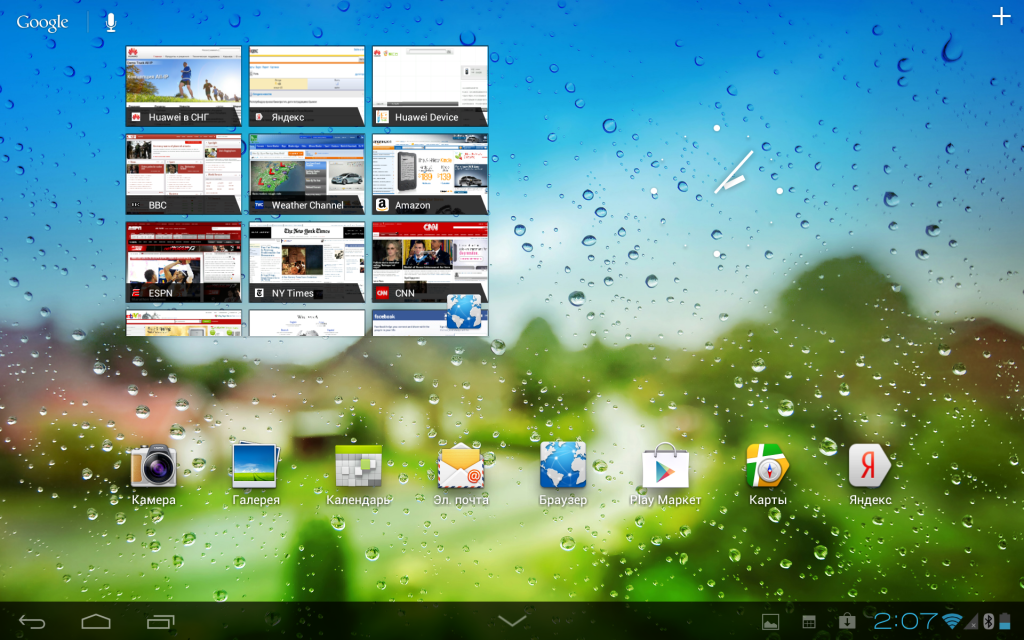

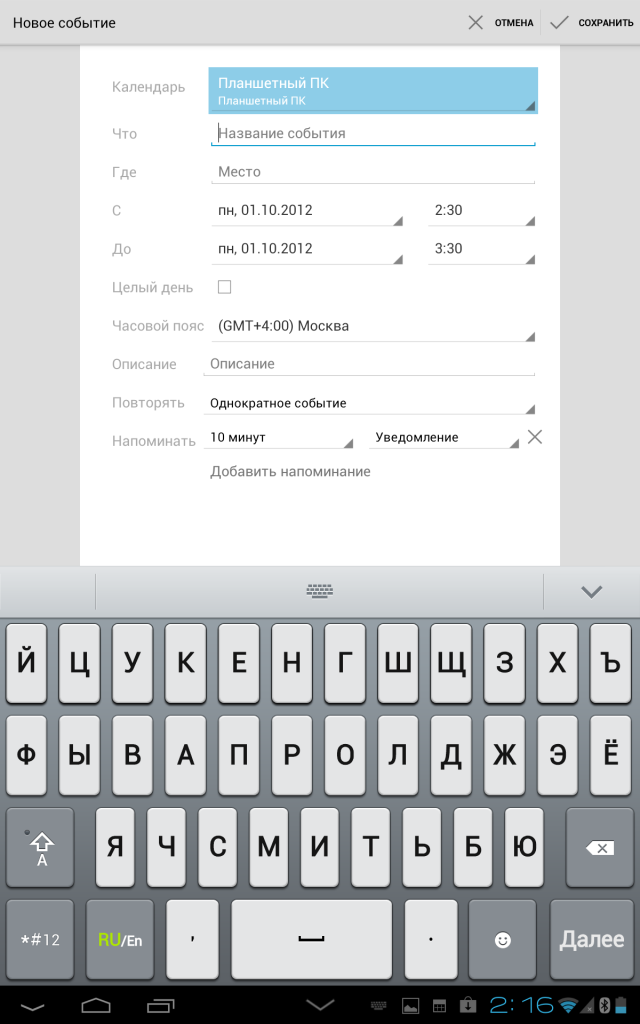
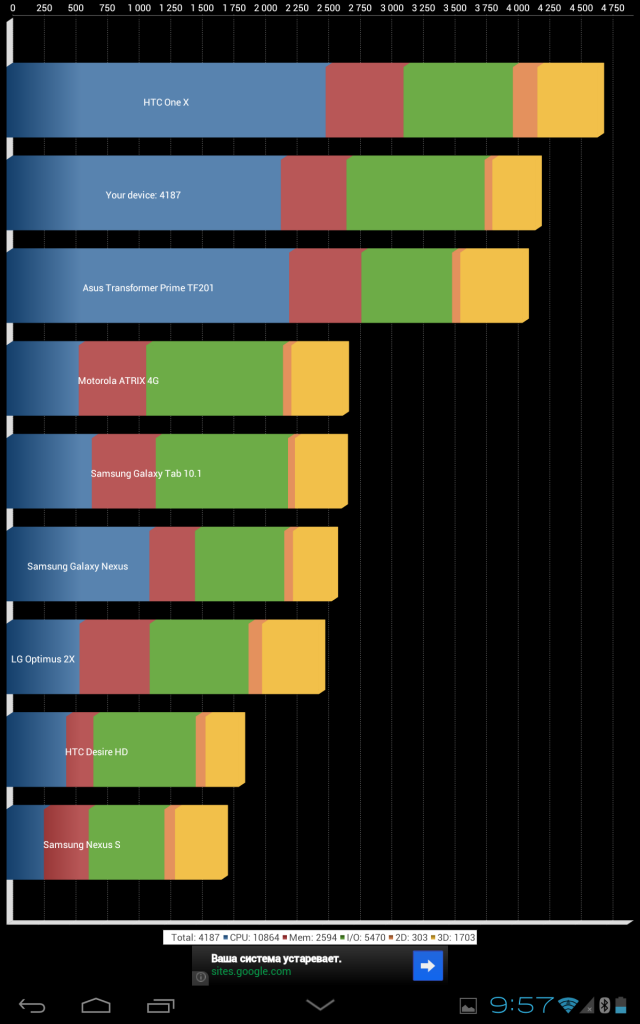
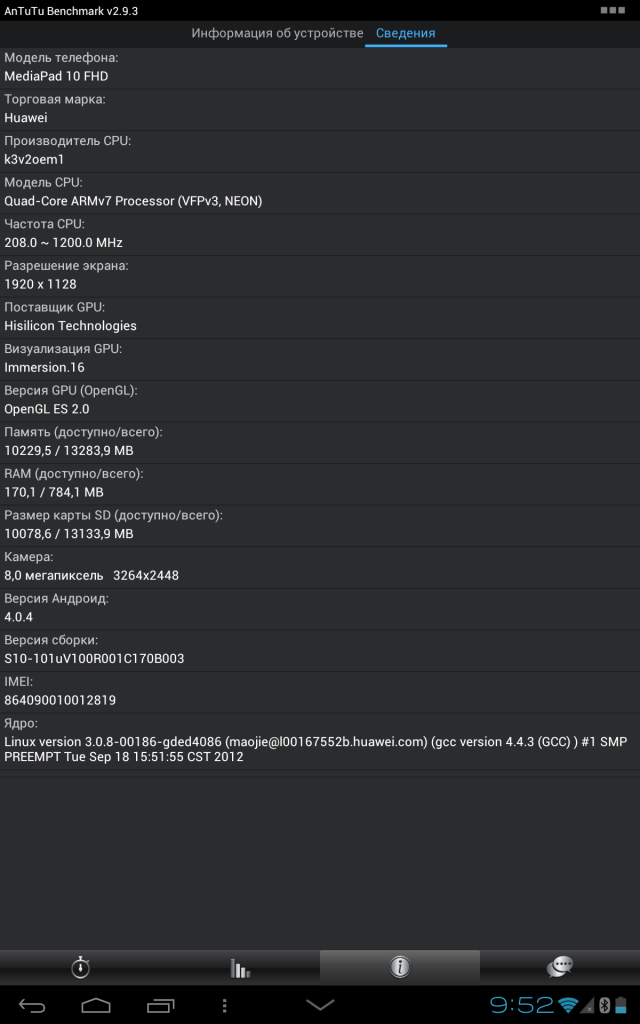
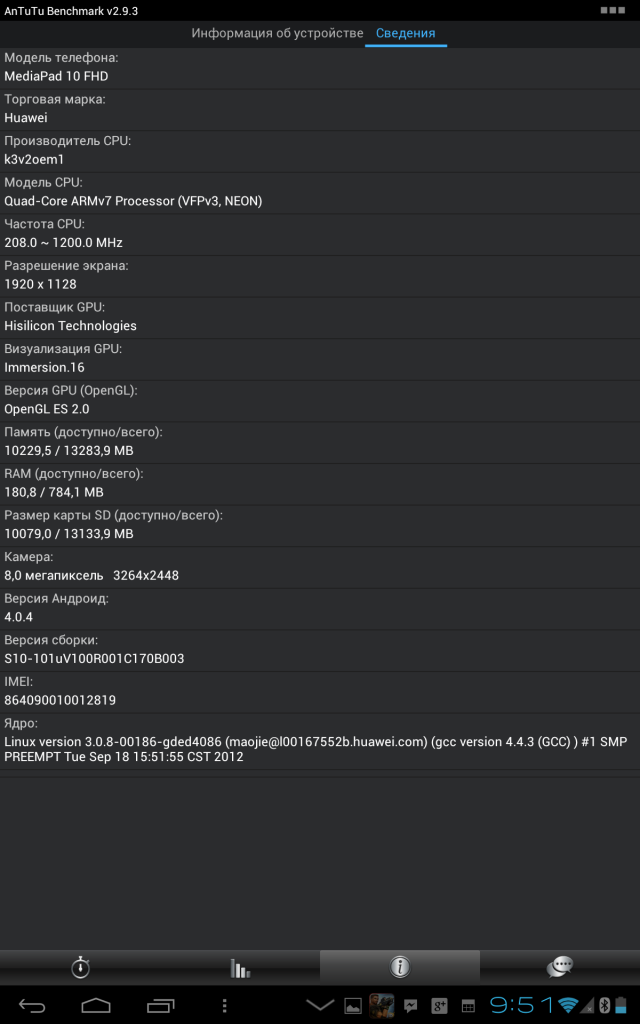
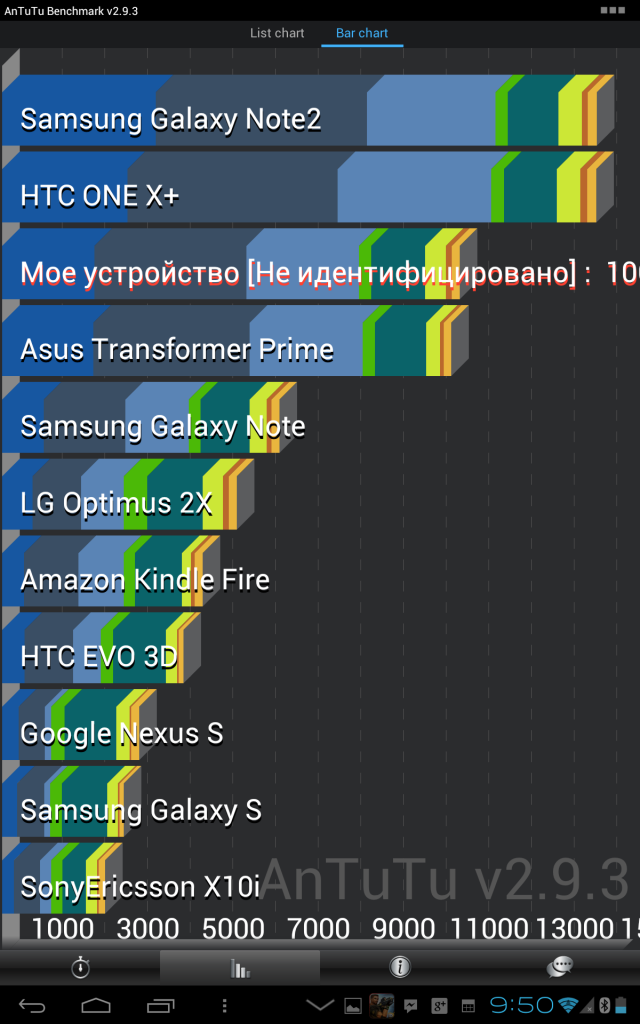
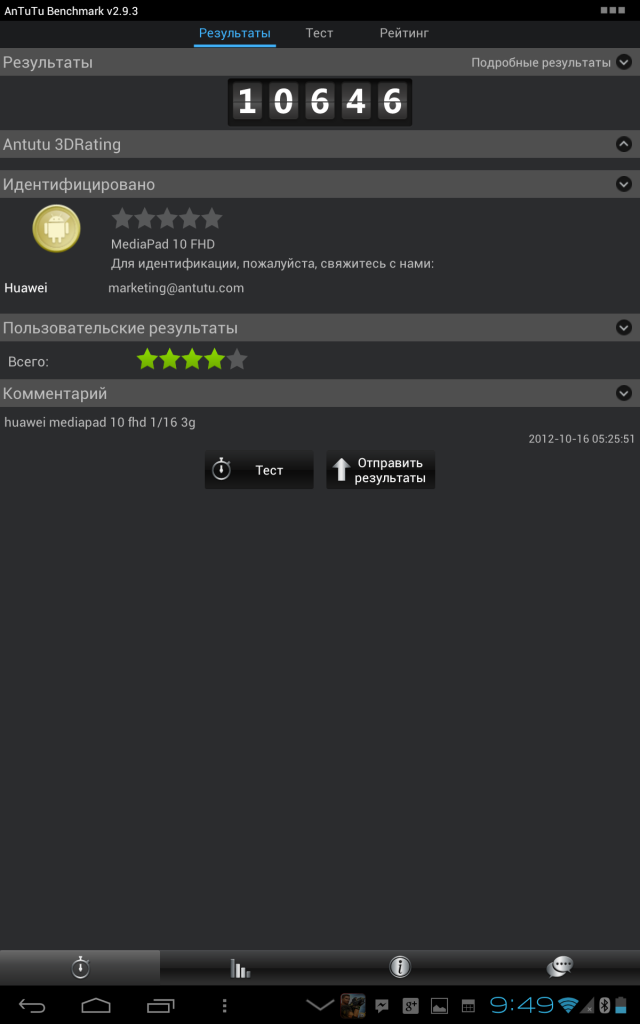
In general, I thought over several days and wrote literally the following in my notebook:
The problem, perhaps, is that neither Huawei nor ZTE have ever had experience in developing a user interface, which, incidentally, is no less significant element in the ergonomics of the device than the thickness or material of the back cover. As a result, as far as the user interface is concerned, these companies offer either the so-called “naked android” or a combination of various inventions from other manufacturers. Here, by the way, it will not be amiss to take into account that the same TouchWiz Samsung is far from an ideally-convenient shell. Yes, it can be more or less configured using different delivery programs (keyboards, for example), but still it is far from the ergonomics of iOS or MeeGo Harmattan.
As a result, the devices from Huawei and ZTE turn out to be no worse than Samsung or HTC, and according to the individual technical characteristics it’s even better, but since there is no unique offer in terms of the user interface, there is no individual recognition, and also because the brands are less popular than Samsung is the same - Huawei and ZTE have no choice but to dump at a price with all other things being equal. This, of course, also makes a profit, but, I think, the division of Huawei and ZTE devices is not very profitable, if not subsidized at all.
In connection with all this, I am extremely interested in the statement recently made by Huawei that they say the company plans to develop its own mobile operating system. This statement, however, at a press breakfast in a cafe in Pushkin, the Marketing Director of the regional representative office of Huawei Device for Russia and the CIS countries, in fact, could not comment on it, saying that Android, Windows 8 and Windows Phone 8 are priority software platforms for Huawei , and we can talk about our new OSes only if things go wrong with the above-mentioned software platforms. In a word, we should not expect any Huawei OSes, at least in the near future.
By the way, since we are talking about Windows 8, it’s not worth mentioning that the Huawei MediaPad 10 FHD tablet also has a keyboard docking station, which was demonstrated at a press breakfast, but it hasn’t been given a test yet, and even sale she will arrive a little later. In a word, MediaPad 10 FHD is actually not just a tablet, but rather a transformer, reminiscent of Asus development in the field of tablet-netbook form factor.
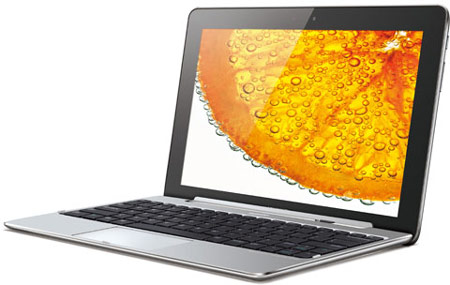
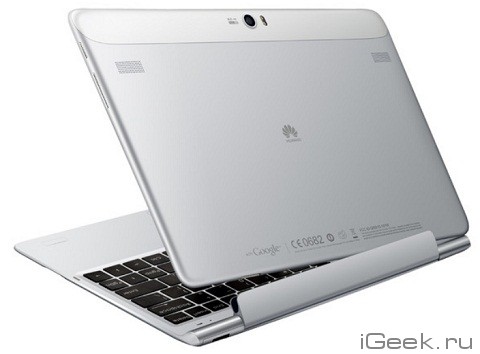
Be that as it may, talking about the user interface, that's what I'm getting at. Recently, a young Finnish startup Jolla Mobile, consisting of former Nokia employees involved in the Maemo & MeeGo project, announced that with the help of the Hong Kong-based it-cluster, Cyberport was able to attract 200 million investment to develop the new MeeGo-based mobile operating system Silfish. It is noteworthy that it was the Chinese side who became interested in a promising start-up in the assets of whose employees are somewhat very, very thorough, and in some circles even cult devices.
However, Jolla employees have experience in creating the software part of mobile devices, the experience, without exaggeration, is wonderful, but in terms of hardware, the employees who were involved in this development of devices on Maemo & MeeGo remained working at Nokia.
At the same time, Huawei and ZTE are just fine with the hardware, but not very with the direction of the user interface. So their ability to assemble devices could be very productively combined with the ability of Jolla employees to create unique interface shells for devices. It will not be amiss to recall right away that Jolla has already announced that their new OS will support applications from the Play Market for Android. In a word, I’m sure that all these components can give a product that is very interesting and relevant for the market as a whole.
And one more thing I would like to say in connection with all this. Personally, I profess the concept: one device - one software platform. Therefore, I would like for manufacturers to create this or that device not just to string Android or vin8 on it, but to create integral, single devices. So vin8 interface is literally before our eyes now giving birth to new devices. Ideally, I would like this to be the case with all other devices. But, apparently, this is an unattainable dream, because the market needs speed, and not ideal and ergonomic devices. That's why the android is so popular, contributing to the extensive development of the market. Therefore, I am sure that the same fate awaits Win8 and WP8.
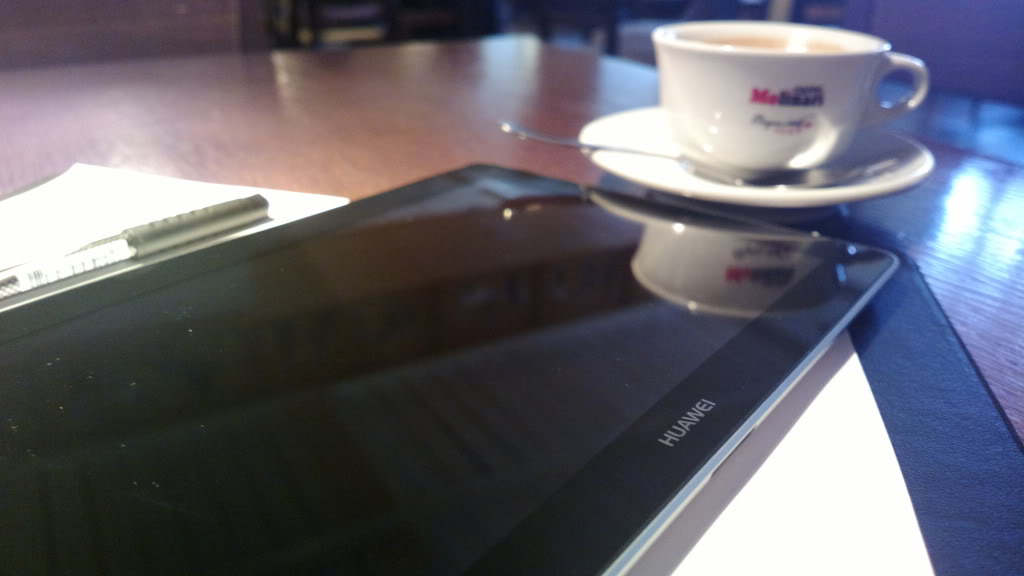

A week ago, Huawei held a press breakfast in a cafe in Pushkin, where it introduced two new tablets for sale. These are 7 and 10 inch models, each of which is interesting in its own way. MediaPad 7 Lite is a budget modification that has become popular due to its very good features and affordable price of MediaPad. Lite - because the core of the new model is not a dual-core, but a single-core Cortex A8 processor with a frequency of 1.2Ghz.

But I was more interested in another model: MediaPad 10 FHD. From the name it’s clear that this is a 10-inch tablet with a Full HD resolution display. However, not all so simple. Firstly, even in terms of display resolution, it is not standard Full HD, but 1920x1200. At the same time, it is an IPS-matrix with excellent viewing angles tending to 180 degrees. Secondly, the tablet runs on its own “huaveevskogo” 4-core processor, combined with a 16-core GPU. This platform was presented earlier this year at the World Mobile Congress in Barcelona and made a lot of noise, as it turned out to be more powerful than NVIDIA Tegra 3 in tests. Well, in the third, this is one of the few tablets equipped with 2 GB RAM, although in the sample, Caught on my test, benchmarks showed only 1 GB of RAM.
I used the tablet for several days and despite the fact that I liked it from the very beginning, I couldn’t get a personal love for it, such as, for example, for Nexus 7. It would seem that what else might be needed: a magnificent display, a powerful hardware, although by benchmarks and inferior in performance to both Tegra 3 and Samsung's Exynos 4412, is enough to ensure that the device works without brakes. Three-dimensional games with detailed graphics work on the Cortex-A9 Quad 1.4GHz no slower than on Tegra 3, for example. 8 megapixels main camera acceptable photographs and shoots video in Full HD resolution, and 1.3 megapixels, front - in 720p. A slot for a full-sized SIM card and for micro-SD is available. The battery capacity of 6600 mAh without problems is enough for a long working day, smoothly flowing into the night. And with all this, the tablet weighs only 580 grams. Yes, Apple didn’t take such a piece of iron, the new iPad is smaller, and it weighs almost 100 grams. more!






From the point of view of ergonomics, one can only find fault with the protrusion of the eye of the main camera - I think that over time, because of this protrusion, the lens glass will be scratched, which, of course, is not good. Otherwise, everything is fine: the aluminum case, the thickness is only 8.8 mm, even the longitudinal white plastic overlay on the back cover in the area of the camera does not spoil the overall look. And yet, something is not right, something is not that not enough, everything seems to be cool, but the wow effect does not work, although the technical specifications are frankly top-end.
It would seem that everything can be blamed on Android ICS (an upgrade to Jelly Bean is promised only in the first quarter of next year), the customization of which is something between TouchWiz Samsung and Flyiz OS from Meizu, in which there is no panel of installed applications and shortcuts are placed directly to desktops like in iOS. But on the other hand, ICS is, as they say, in Africa, ICS, and therefore, what to complain about him?













In general, I thought over several days and wrote literally the following in my notebook:
The problem, perhaps, is that neither Huawei nor ZTE have ever had experience in developing a user interface, which, incidentally, is no less significant element in the ergonomics of the device than the thickness or material of the back cover. As a result, as far as the user interface is concerned, these companies offer either the so-called “naked android” or a combination of various inventions from other manufacturers. Here, by the way, it will not be amiss to take into account that the same TouchWiz Samsung is far from an ideally-convenient shell. Yes, it can be more or less configured using different delivery programs (keyboards, for example), but still it is far from the ergonomics of iOS or MeeGo Harmattan.
As a result, the devices from Huawei and ZTE turn out to be no worse than Samsung or HTC, and according to the individual technical characteristics it’s even better, but since there is no unique offer in terms of the user interface, there is no individual recognition, and also because the brands are less popular than Samsung is the same - Huawei and ZTE have no choice but to dump at a price with all other things being equal. This, of course, also makes a profit, but, I think, the division of Huawei and ZTE devices is not very profitable, if not subsidized at all.
In connection with all this, I am extremely interested in the statement recently made by Huawei that they say the company plans to develop its own mobile operating system. This statement, however, at a press breakfast in a cafe in Pushkin, the Marketing Director of the regional representative office of Huawei Device for Russia and the CIS countries, in fact, could not comment on it, saying that Android, Windows 8 and Windows Phone 8 are priority software platforms for Huawei , and we can talk about our new OSes only if things go wrong with the above-mentioned software platforms. In a word, we should not expect any Huawei OSes, at least in the near future.
By the way, since we are talking about Windows 8, it’s not worth mentioning that the Huawei MediaPad 10 FHD tablet also has a keyboard docking station, which was demonstrated at a press breakfast, but it hasn’t been given a test yet, and even sale she will arrive a little later. In a word, MediaPad 10 FHD is actually not just a tablet, but rather a transformer, reminiscent of Asus development in the field of tablet-netbook form factor.


Be that as it may, talking about the user interface, that's what I'm getting at. Recently, a young Finnish startup Jolla Mobile, consisting of former Nokia employees involved in the Maemo & MeeGo project, announced that with the help of the Hong Kong-based it-cluster, Cyberport was able to attract 200 million investment to develop the new MeeGo-based mobile operating system Silfish. It is noteworthy that it was the Chinese side who became interested in a promising start-up in the assets of whose employees are somewhat very, very thorough, and in some circles even cult devices.
However, Jolla employees have experience in creating the software part of mobile devices, the experience, without exaggeration, is wonderful, but in terms of hardware, the employees who were involved in this development of devices on Maemo & MeeGo remained working at Nokia.
At the same time, Huawei and ZTE are just fine with the hardware, but not very with the direction of the user interface. So their ability to assemble devices could be very productively combined with the ability of Jolla employees to create unique interface shells for devices. It will not be amiss to recall right away that Jolla has already announced that their new OS will support applications from the Play Market for Android. In a word, I’m sure that all these components can give a product that is very interesting and relevant for the market as a whole.
And one more thing I would like to say in connection with all this. Personally, I profess the concept: one device - one software platform. Therefore, I would like for manufacturers to create this or that device not just to string Android or vin8 on it, but to create integral, single devices. So vin8 interface is literally before our eyes now giving birth to new devices. Ideally, I would like this to be the case with all other devices. But, apparently, this is an unattainable dream, because the market needs speed, and not ideal and ergonomic devices. That's why the android is so popular, contributing to the extensive development of the market. Therefore, I am sure that the same fate awaits Win8 and WP8.

